- No products in the cart.
Ksalatamaks drops Ch. 0.005% 2.5ml vial 3 pieces with a pipette metering
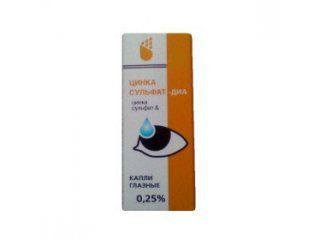
Zinc sulfate-dia drops Ch. 10ml vial, cap.
$1.84
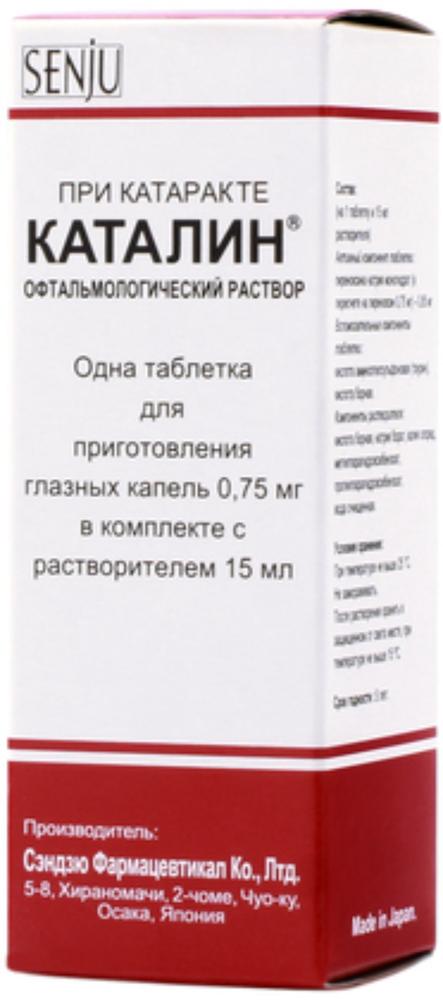
Katalin tab for prig.kapel Ch. + 0.75mg solvent 15ml vials.
$12.34
$32.51
Ksalatamaks drops Ch. 0.005% 2.5ml vial 3 pieces with a pipette metering
Description
Composition
Active substance:
1 ml of solution contains: latanoprost – 0.050 mg ;.
Excipients:
Benzalkonium chloride – 0.20 mg; sodium dihydrogen phosphate monohydrate – 4.60 mg; sodium hydrogenphosphate – 4.74 mg; sodium chloride – 4.10 mg; Purified water – 996.31 mg.
Description:
Colorless transparent liquid.
Product form:
0.005% Eye Drops.
2.5 ml plastic bottles with a pipette and metering screw cap. 1 or 3 bottles are packed in cardboard pack together with instructions for use.
Contraindications
Individual hypersensitivity to latanoprost, benzalkonium chloride or other components of the preparation, the age of 18 years.
Precautionary measures:
Used with caution in patients with aphakia, psevdoafakiey, damage to the posterior capsule of the lens and other risk factors for developing macular edema (in treatment of latanoprost described cases of macular edema, including cystoid), inflammatory, congenital glaucoma because of lack sufficient experience with the drug.
Dosage
0.05 mg / ml
Indications
Open-angle glaucoma, increased intraocular pressure.
Interaction with other drugs
Latanoprost has an additive effect in relation to lowering intraocular pressure when applied in combination with beta-blockers, adrenergic agonists, carbonic anhydrase inhibitors and partial additive effect when used in combination with m-holinomimetikami.
in vitro studies revealed that, when mixed with latanoprost eye drops containing thiomersal precipitation occurs. Therefore, an eye drop containing said substance to be applied at intervals of not less than 5 minutes. The simultaneous use of 2-prostaglandin analogs can cause paradoxical increase in intraocular pressure.
Overdose
Symptoms: mucous membrane irritation of the eyes, redness of the conjunctiva or episclera. Treatment: symptomatic therapy.
pharmachologic effect
Pharmacological group:
Antiglaucoma agents – prostaglandin F2 -alpha synthetic analogue.
Pharmacodynamics:
Latanoprost is an analog of prostaglandin F2a and selective agonist of FP receptor. Reduces intraocular pressure by increasing the outflow of aqueous humor and has antiglaucoma effect. The main mechanism of action of latanoprost is associated with an increase in uveoscleral outflow. It had no significant effect on the production of aqueous humor and does not affect the blood aqueous barrier. Reducing the intraocular pressure begins 3-4 hours after drug administration, the maximum effect was 8-12 hours duration – at least 24 hours.
Pharmacokinetics:
It penetrates through the cornea, wherein the latanoprost is hydrolyzed to the biologically active form – latanoprost acid. The maximum concentration of latanoprost in the aqueous humor is reached approximately 2 hours after topical application of the drug.
In ocular tissues of latanoprost acid is practically not metabolized; metabolism occurs primarily in the liver. The half-life of 17 minutes. Major metabolites – 1,2-dinor- and 1,2,3,4-tetranor-metabolites have no or weak biological activity of the kidneys.
Pregnancy and breast-feeding
Sufficient experience of use of the drug during pregnancy and lactation is not. The use of latanoprost during pregnancy is possible only under medical supervision and only if the expected benefit to the mother outweighs the risk of potential side effects in the fetus. Latanoprost and its metabolites may enter the mother’s milk. The appointment Latanaksa during lactation should stop breastfeeding.
Conditions of supply of pharmacies
By prescription.
side effects
From a sight organ: eye irritation (burning sensation, feeling of sand in the eyes, itching, stinging and foreign body sensation), blepharitis, conjunctival hyperemia, eye pain, increased pigmentation of the iris, transient point epithelial erosion, eyelid edema, edema and corneal erosion , conjunctivitis, lengthening, thickening, increased number and increased pigmentation of eyelashes and vellus hair, iritis / uveitis, keratitis, macular edema (including cystoid), changing the direction of eyelash growth, sometimes causing eye irritation, blurred vision.
Dermatological reactions: rash, skin darkening of the eyelids and local skin reactions on the part of a century.
From the nervous system: dizziness, headache.
The respiratory system: asthma (including acute attacks or exacerbations in patients with a history of bronchial asthma), shortness of breath.
On the part of the musculoskeletal system: pain in the muscles, pain in the joints.
Other: non-specific chest pain.
special instructions
Latanoprost may cause gradual change eye color by increasing the amount of brown pigment in the iris. This effect was detected mainly in patients with mixed color of the iris, for example, blue-brown, gray-brown, green-brown or yellow-brown, which is due to increased melanin content in melanocytes stromal iris. Typically, the brown pigmentation around the pupil spreads concentrically towards the periphery of the iris, and the entire iris or parts of it may acquire a more intense brown color. In patients with a uniformly colored eyes, blue, gray, green or hazel colored eye color changes after two years of use of the drug is very rare. The color change is not accompanied by any clinical symptoms or pathological changes. After withdrawal of the drug were observed for further increasing the number of brown pigment, however, has already developed a color change may be irreversible. In the presence of nevus or lentigo on the iris were observed their changes under the influence of therapy.
Latanoprost may cause a gradual change eyelashes and vellus hair, such as lengthening, thickening, increased pigmentation, increased density and change in the direction of growth of eyelashes. Eyelash changes are reversible and disappear after cessation of treatment. Prior to treatment, patients should be informed about the possibility of changing eye color. In the case of heavy changes in eye pigmentation treatment can be discontinued. Treatment of only one eye can result in permanent heterochromia. The preparation contains benzalkonium chloride which can be absorbed in the contact lens. If you use contact lenses, remove them before burying and re-put not earlier than 15-20 minutes after installation of the drug.
Effects on ability to drive vehicles and management mechanisms: Patients who after applying eye drops observed transient blurring of vision, it is not recommended to drive or operate moving mechanisms to restore it. The bottle must be closed after each use. Do not touch the pipette tip to the eye.
Storage conditions
Stored in a dry place, protected from light, reach of children at 2 to 8 ° C. Open vial stored at temperatures no higher than 25 ° C.
Dosing and Administration
The drug is instilled into the conjunctival sac of the eye 1 drop 1 time per day in the evening; while skipping the next dose is administered in normal mode (m. e. does not double dose). With more frequent administration of the drug efficacy it is reduced. The duration of treatment and the possibility of its recurrence determined by the doctor.
Information
Appearance may differ from that depicted in the picture. There are contraindications. You need to read the manual or consult with a specialist
Additional information
| Weight | 0.100 kg |
|---|---|
| Manufacturer | Abbott |

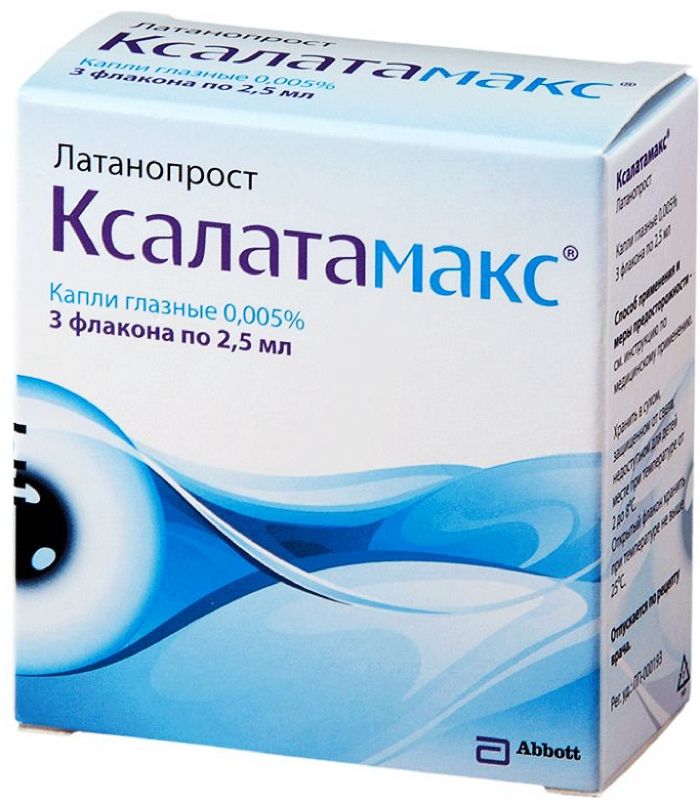
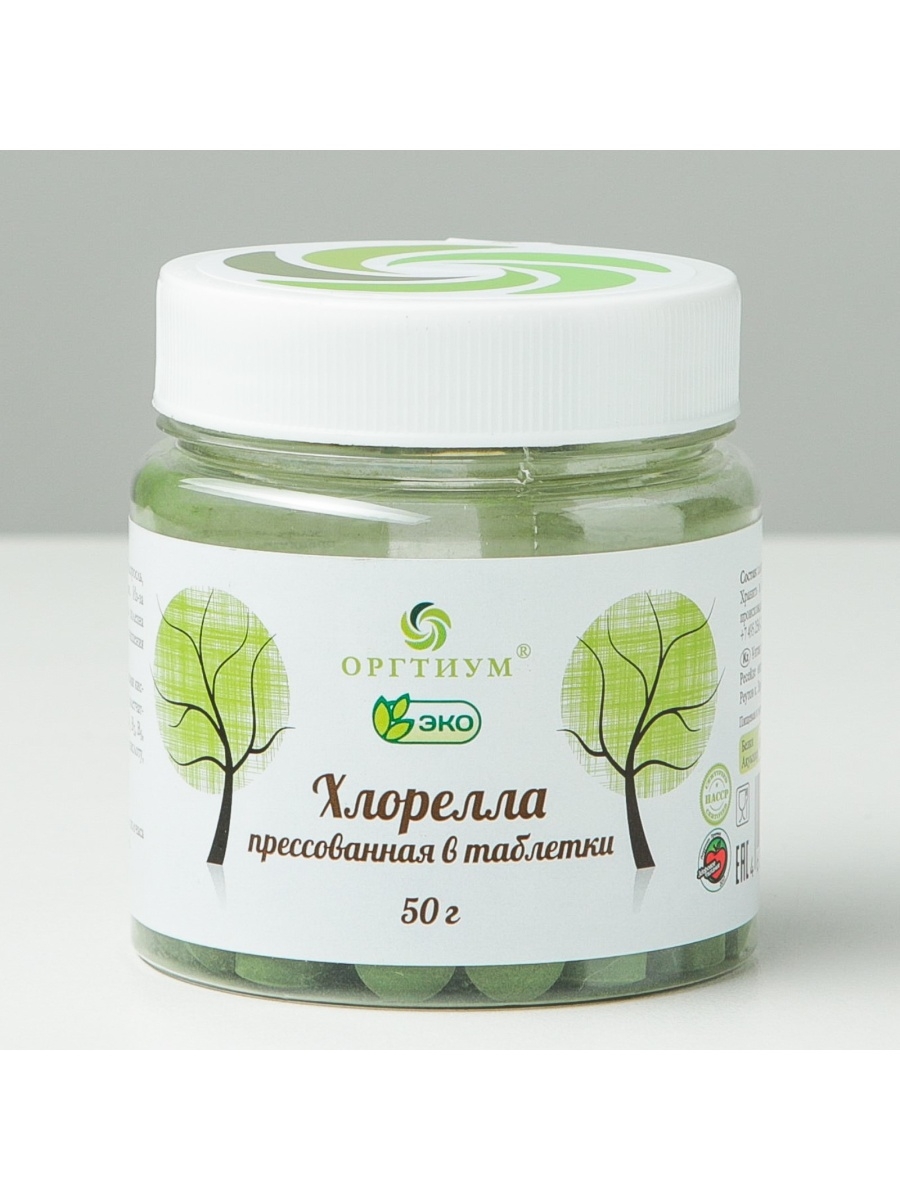
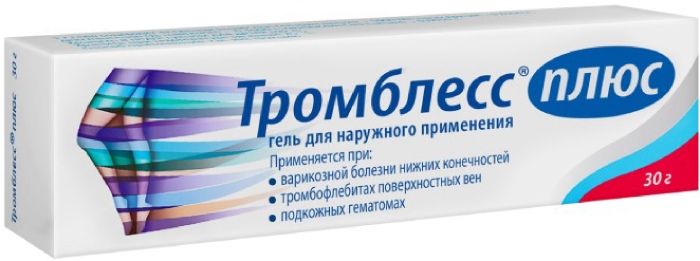
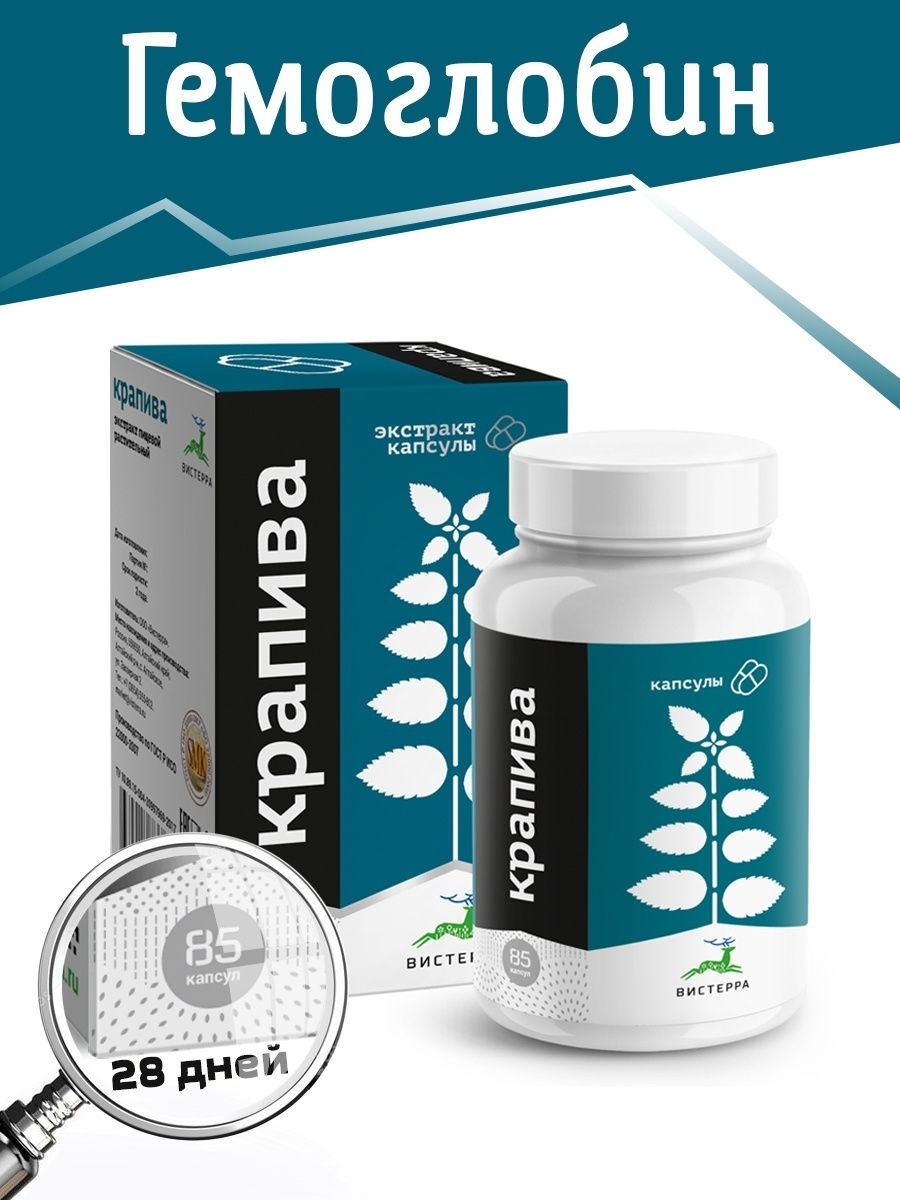


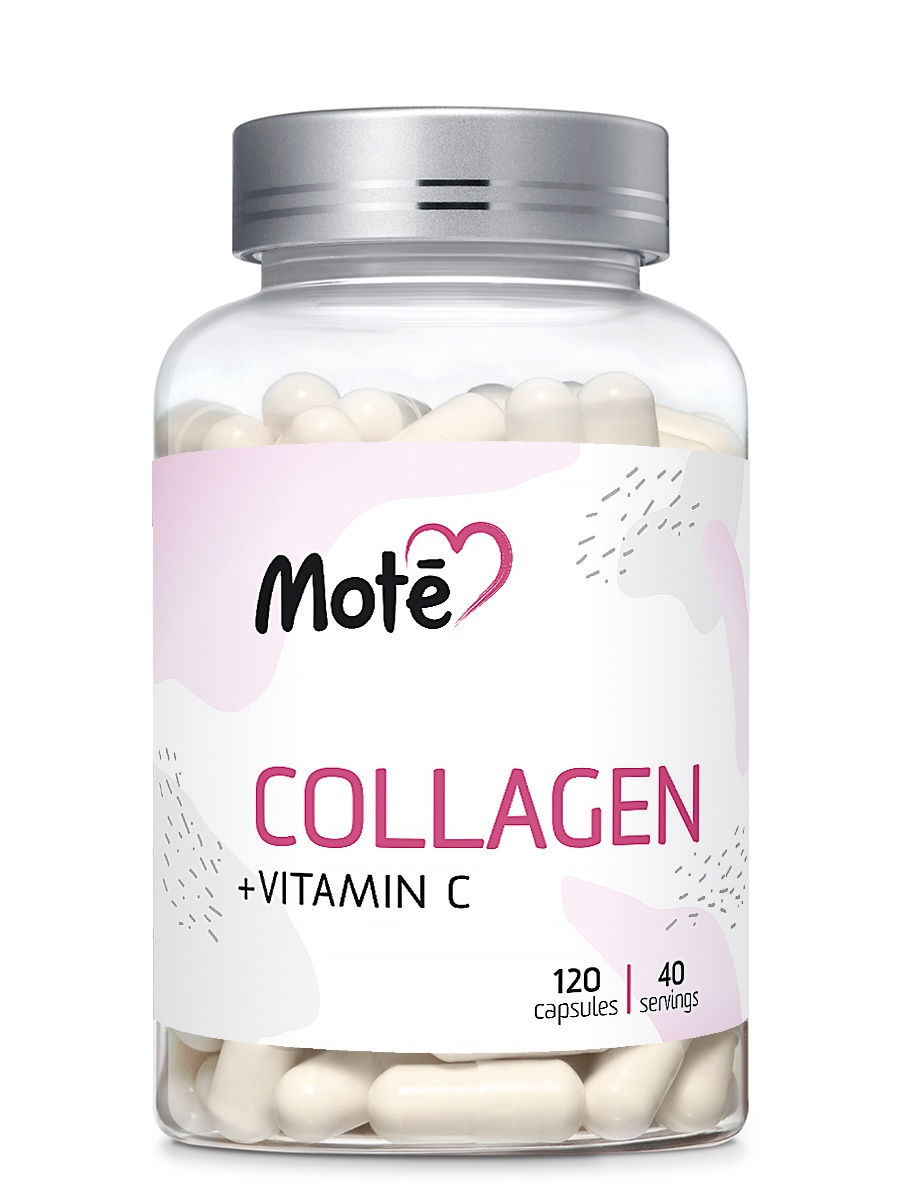




There are no reviews yet.